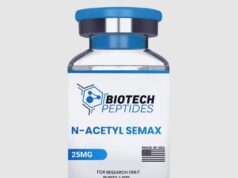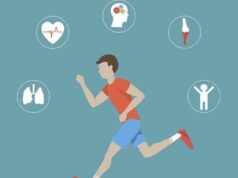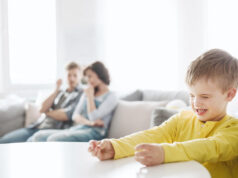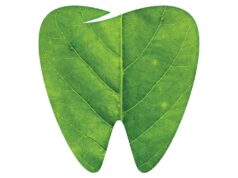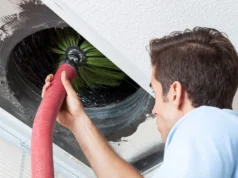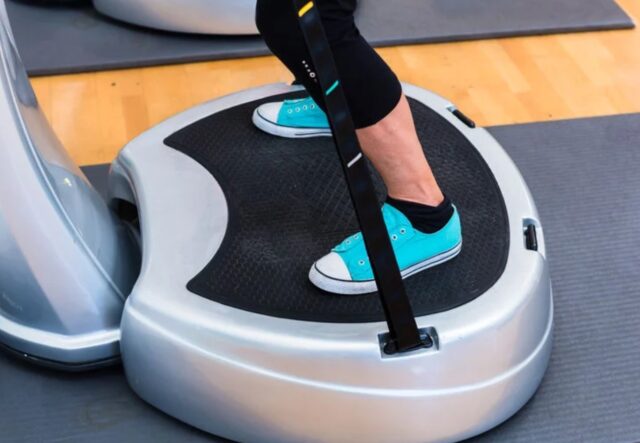
Delays in children’s physical development and impairments in motor activity is a common concern for many parents worldwide. Conditions such as Cerebral palsy, Cystic fibrosis, Muscular atrophy, Spina bifida, Down syndrome and Scoliosis can affect any child at any one point during its childhood or at birth. This is why it is very important to detect such abnormalities as early as possible and seek professional help. The medical specialty that focuses on such conditions is called pediatric rehabilitation.
Pediatric rehabilitation is an area of medicine that treats any childhood-onset diseases and physical impairments. It helps patients between the ages of 0 – 18 and covers a vast number of conditions, such as neurological disorders, musculoskeletal abnormalities and any other physical disabilities that affect children’s normal growth and development. The medical specialty is usually divided into three main categories, including physical therapy, occupational therapy, and speech therapy. A child might need one type of therapy or a combination of several different therapies, depending on the condition.
The main causes of such disabilities can vary and range from acquired diseases, injuries of the neuromuscular system during childhood and genetic abnormalities at birth. The rehabilitation intervention will depend on the age of the child, its development stage and the outcomes of the history examination. Since its inception, pediatric rehabilitation has evolved immensely and today this medical branch can offer a vast array of treatments and a much higher chance of success for the patients. What is even more, in recent years another type of intervention has caught the attention of scientists, due to its promising potential in treating children’s physical impairments, and namely the whole-body vibration (WBV).
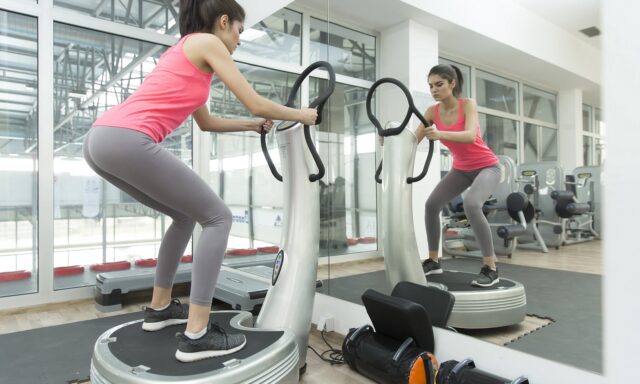
What is the whole body vibration?
Whole body vibration is a type of therapeutic treatment that exposes the human body to high frequency vibrations. Normally, the patients have to either stand, sit or lay down on a platform that produces mechanical oscillations. This type of treatment method has been introduced over a century ago but has gained much of its popularity in recent years. Over the past couple of decades the whole body vibration has been a focus of numerous studies and has shown a lot of promising results. It is mainly used in the physical and neuromuscular fields as an alternative rehabilitation tool for conditions such as sarcopenia, osteoporosis, chronic back pain, fibromyalgia and a range of children’s physical disabilities.
Whole body vibration has proved to be an efficient type of therapy mainly due to its fast results and positive neuromuscular responses. According to this page the therapy can benefit children of all ages regardless of their condition or stage. As for the actual equipment that is used to perform the intervention, it is known as the body vibration machine (BVM).
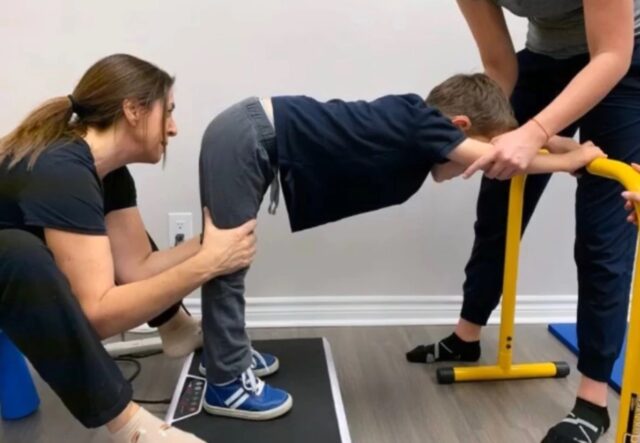
What is the body vibration machine?
The body vibration machine is a type of fitness or rehabilitation equipment consisting of a vibrating plate that produces high frequency vibrations. The design of the equipment allows for either home, office or clinical setting use. The main principle behind the machine lies behind the vibrations that stimulate the musculoskeletal system and promote the muscles to contract up to 50 times per second. Just as a comparison, regular physical exercises can achieve a muscle contraction of about 1 – 2 times a second.
This is why the vibration body machine can offer satisfactory results in a much shorter period of time. The other major benefit of the tool is that it doesn’t require the performance of any specific cognitive or motor skills. The only thing that a patient needs to do is to stand or sit on the platform either by themselves, with the help of an assistant or with the aid of a specialized tilting table.
Within the pediatric rehabilitation environment, the vibration body machine has shown promising results in the treatment of coordination deficit, reflex excitability, muscular atrophy, cerebral palsy and other musculoskeletal conditions, and has proved to positively affect gait, overall motor skills, joint mobility, and physical strength. The long-term benefits of the equipment include improved muscle tone, increased muscle tissue, bigger bone density and better motor function.
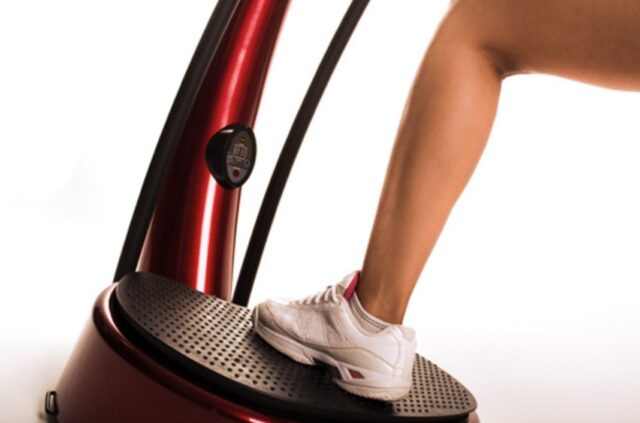
What are the applications of the body vibration machine in pediatric rehabilitation?
The body vibration machine finds a wide range of applications within the pediatric rehabilitation setting. The platform is used by therapists and pediatric rehabilitators to improve mobility, control of motor skills and bone density in children with various physical impairments. According to the clinical studies, positive outcomes of the regular use of the machine have been observed in children suffering from Cerebral palsy, Cystic fibrosis, Down syndrome, Osteogenesis imperfecta, Spinal muscular atrophy, Spina Bifida, and Scoliosis. Due to its higher prevalence among children, Cerebral palsy is the condition that has received the biggest attention from scientist in the past couple of decades and to date it has gathered a significant amount of scientifically proven beneficial effects. For instance, according to several systematic reviews, the BVM improves spasticity, muscle strength and coordination for patients with the CP condition.
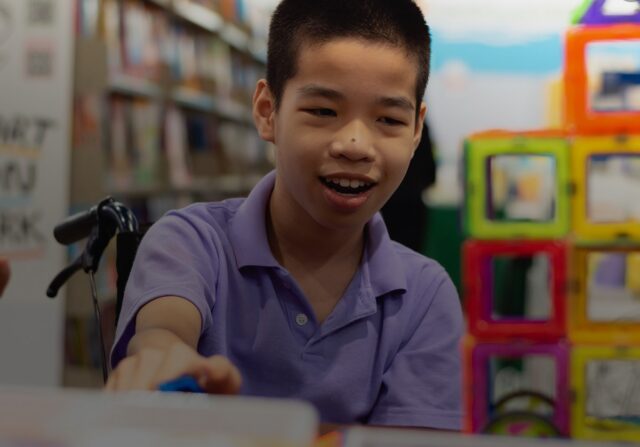
Here are some of the most common applications of the vibration body machine in pediatric rehabilitation.
- Cerebral palsy – BVM has shown significant benefits in the treatment of patients suffering from cerebral palsy. The regular use of the equipment helps in spasticity improvement, increase of muscle strength, coordination and bone density among children with CP;
- Spina bifida – the whole body vibration can improve walking velocity and mobility in children with Spina bifida – a condition which is the most common cause of spinal cord lesions, paralysis and osteoporosis;
- Cystic fibrosis – BVM has shown promising results in the improvement of neuromuscular and intramuscular coordination among patients suffering from cystic fibrosis;
- Down syndrome – the whole body vibration platform can offer a useful therapy for improving balance and muscle strength among children with Down syndrome;
- Scoliosis – whole body vibration has shown positive outcomes in counteracting the progression of scoliosis – a heterogeneous group of conditions that leads to deformities of the spine among children;

